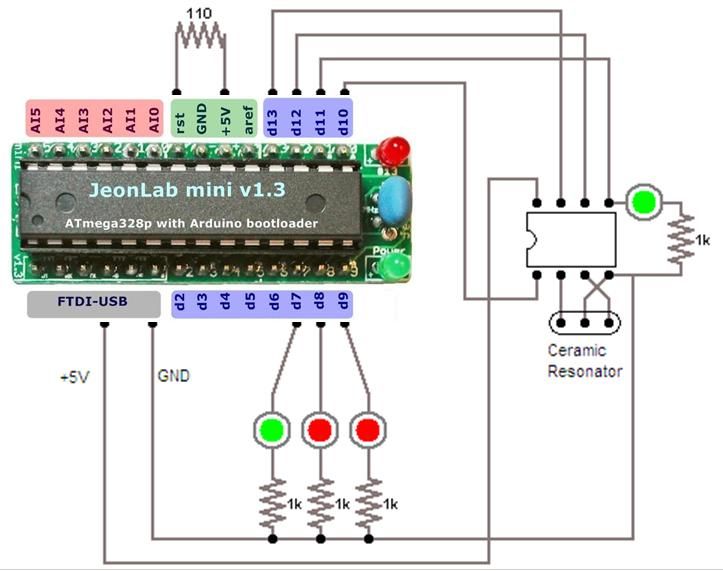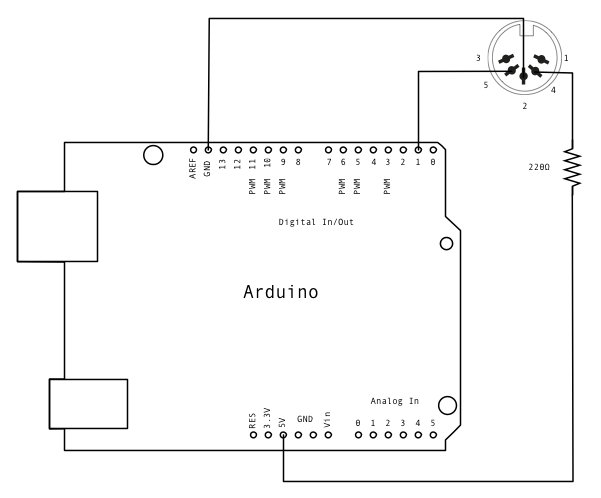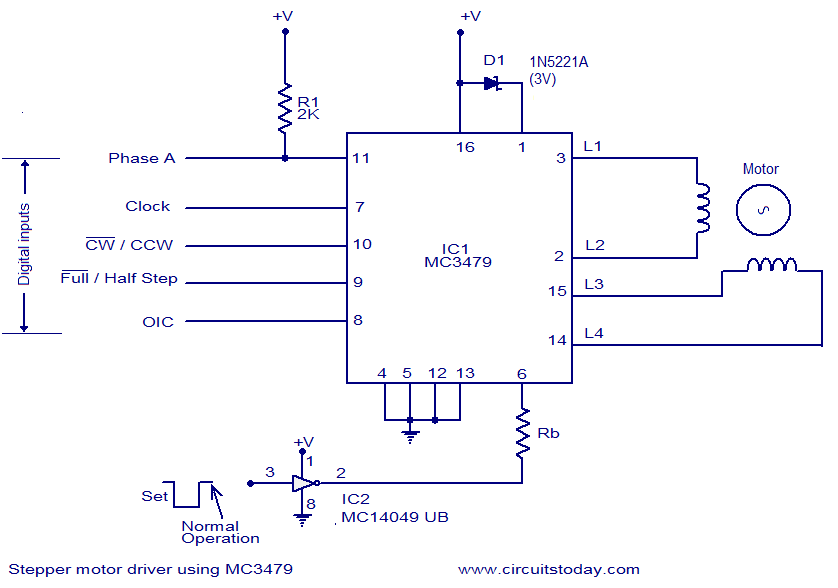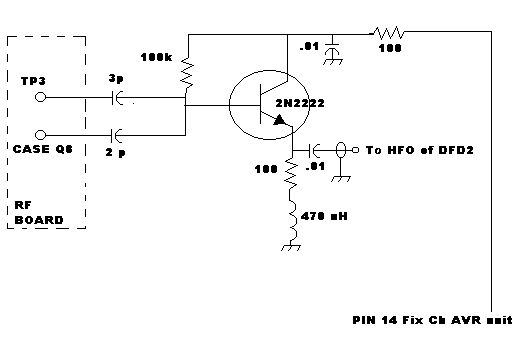
ATtiny programmer using Arduino ISP

For relatively small projects with fewer pins than the ATmega328, the ATtiny series, specifically the ATtiny45 or ATtiny85, is a good choice due to its compact physical size.
The ATtiny series microcontrollers, particularly the ATtiny45 and ATtiny85, are designed for applications where space is a constraint and minimal pin count is required. These microcontrollers are based on the AVR architecture and offer a range of features suitable for small-scale embedded projects.
The ATtiny45 has 8 pins, while the ATtiny85 has 8 pins as well but can be configured for more functionality through its flexible I/O options. Both microcontrollers operate at a voltage range of 2.7V to 5.5V and can run at clock speeds up to 20 MHz, making them efficient for low-power applications.
In terms of memory, the ATtiny45 has 4 KB of flash memory, 256 bytes of SRAM, and 128 bytes of EEPROM, while the ATtiny85 features 8 KB of flash memory, 512 bytes of SRAM, and 512 bytes of EEPROM. This memory capacity allows for the storage of small programs and data, making these microcontrollers ideal for tasks such as sensor interfacing, simple control systems, and low-power wireless applications.
The pin configuration includes digital I/O pins, analog inputs, and support for PWM outputs, enabling a variety of interfacing options. Additionally, both microcontrollers support various communication protocols, such as SPI and I2C, which facilitate integration with other devices and sensors.
Programming these microcontrollers is typically done using the Arduino IDE or Atmel Studio, which provides a user-friendly environment for code development. The compact size and versatility of the ATtiny45 and ATtiny85 make them suitable for applications in wearable technology, IoT devices, and other small electronic projects where size and power efficiency are critical.For relatively small (less number of pins than ATmega328) projects, ATtiny series, ATtiny45 or Attiny85 are good choice in terms of its physical size.. 🔗 External reference
The ATtiny series microcontrollers, particularly the ATtiny45 and ATtiny85, are designed for applications where space is a constraint and minimal pin count is required. These microcontrollers are based on the AVR architecture and offer a range of features suitable for small-scale embedded projects.
The ATtiny45 has 8 pins, while the ATtiny85 has 8 pins as well but can be configured for more functionality through its flexible I/O options. Both microcontrollers operate at a voltage range of 2.7V to 5.5V and can run at clock speeds up to 20 MHz, making them efficient for low-power applications.
In terms of memory, the ATtiny45 has 4 KB of flash memory, 256 bytes of SRAM, and 128 bytes of EEPROM, while the ATtiny85 features 8 KB of flash memory, 512 bytes of SRAM, and 512 bytes of EEPROM. This memory capacity allows for the storage of small programs and data, making these microcontrollers ideal for tasks such as sensor interfacing, simple control systems, and low-power wireless applications.
The pin configuration includes digital I/O pins, analog inputs, and support for PWM outputs, enabling a variety of interfacing options. Additionally, both microcontrollers support various communication protocols, such as SPI and I2C, which facilitate integration with other devices and sensors.
Programming these microcontrollers is typically done using the Arduino IDE or Atmel Studio, which provides a user-friendly environment for code development. The compact size and versatility of the ATtiny45 and ATtiny85 make them suitable for applications in wearable technology, IoT devices, and other small electronic projects where size and power efficiency are critical.For relatively small (less number of pins than ATmega328) projects, ATtiny series, ATtiny45 or Attiny85 are good choice in terms of its physical size.. 🔗 External reference





